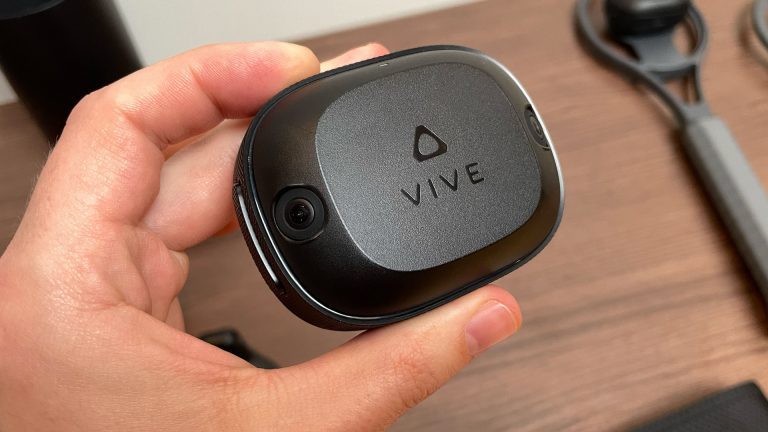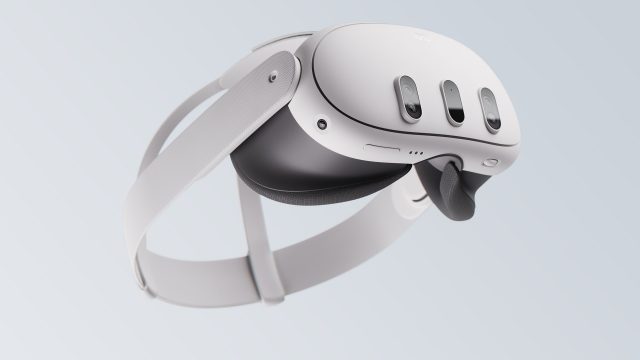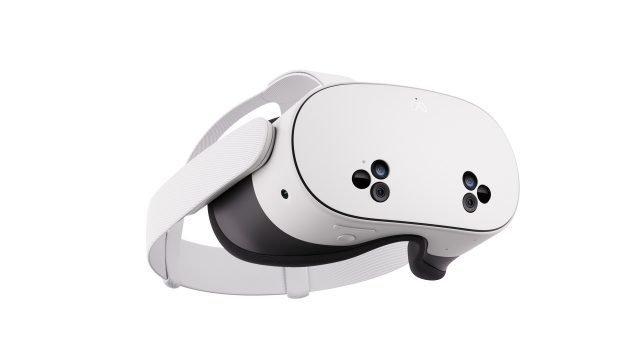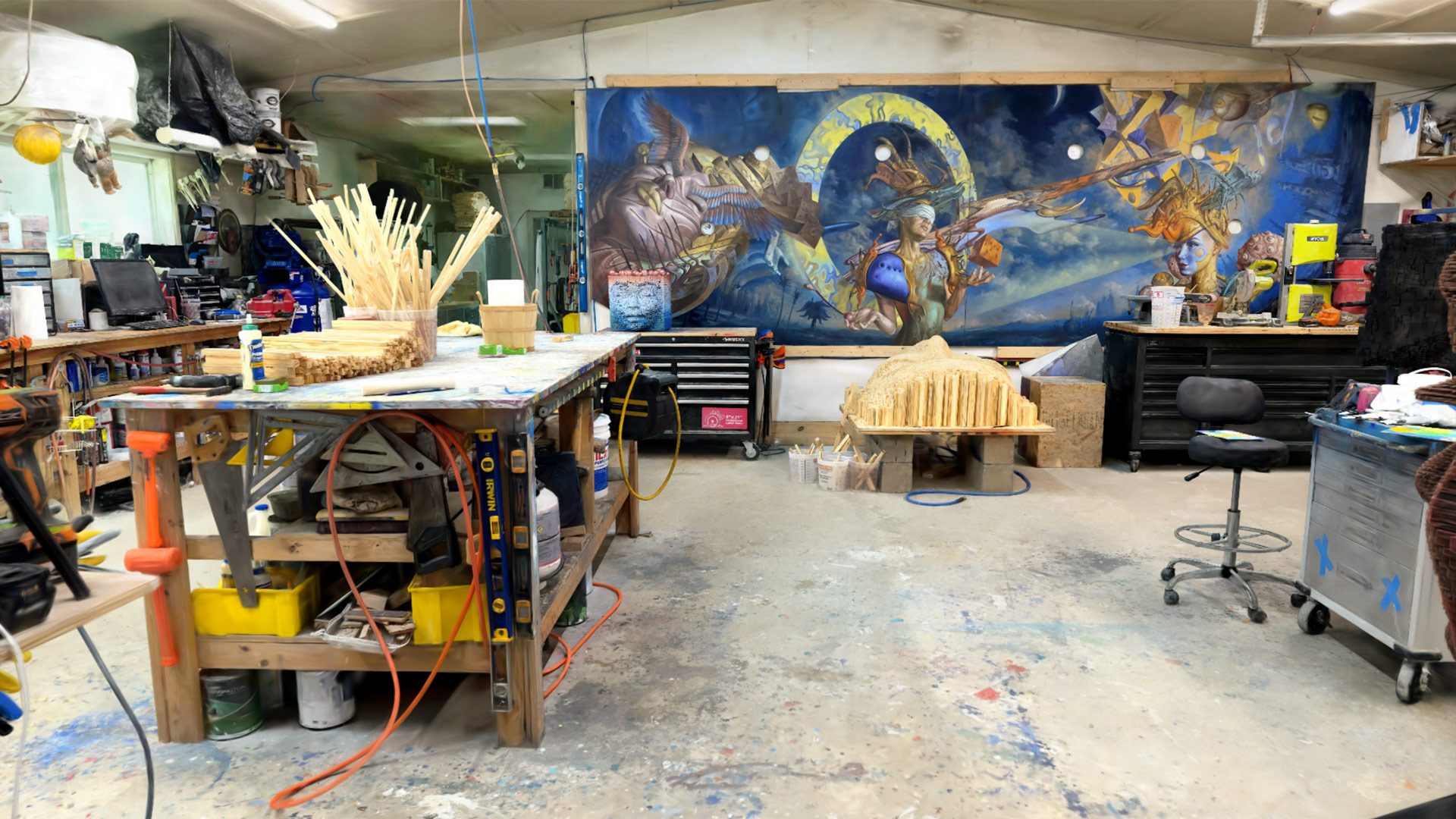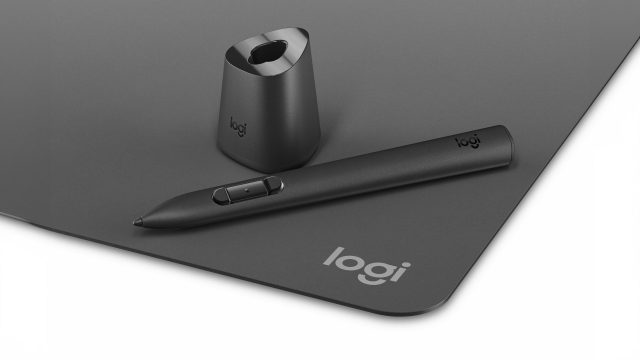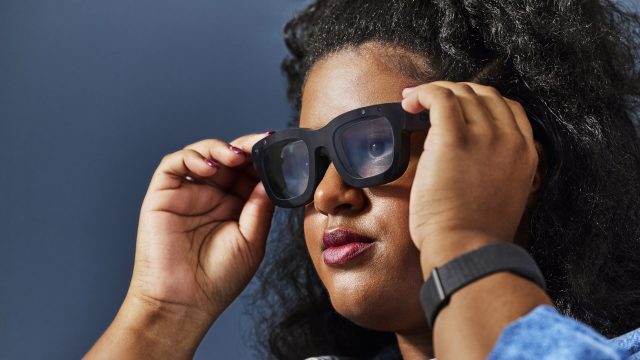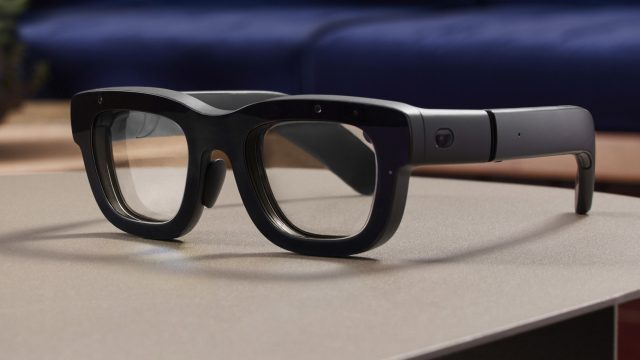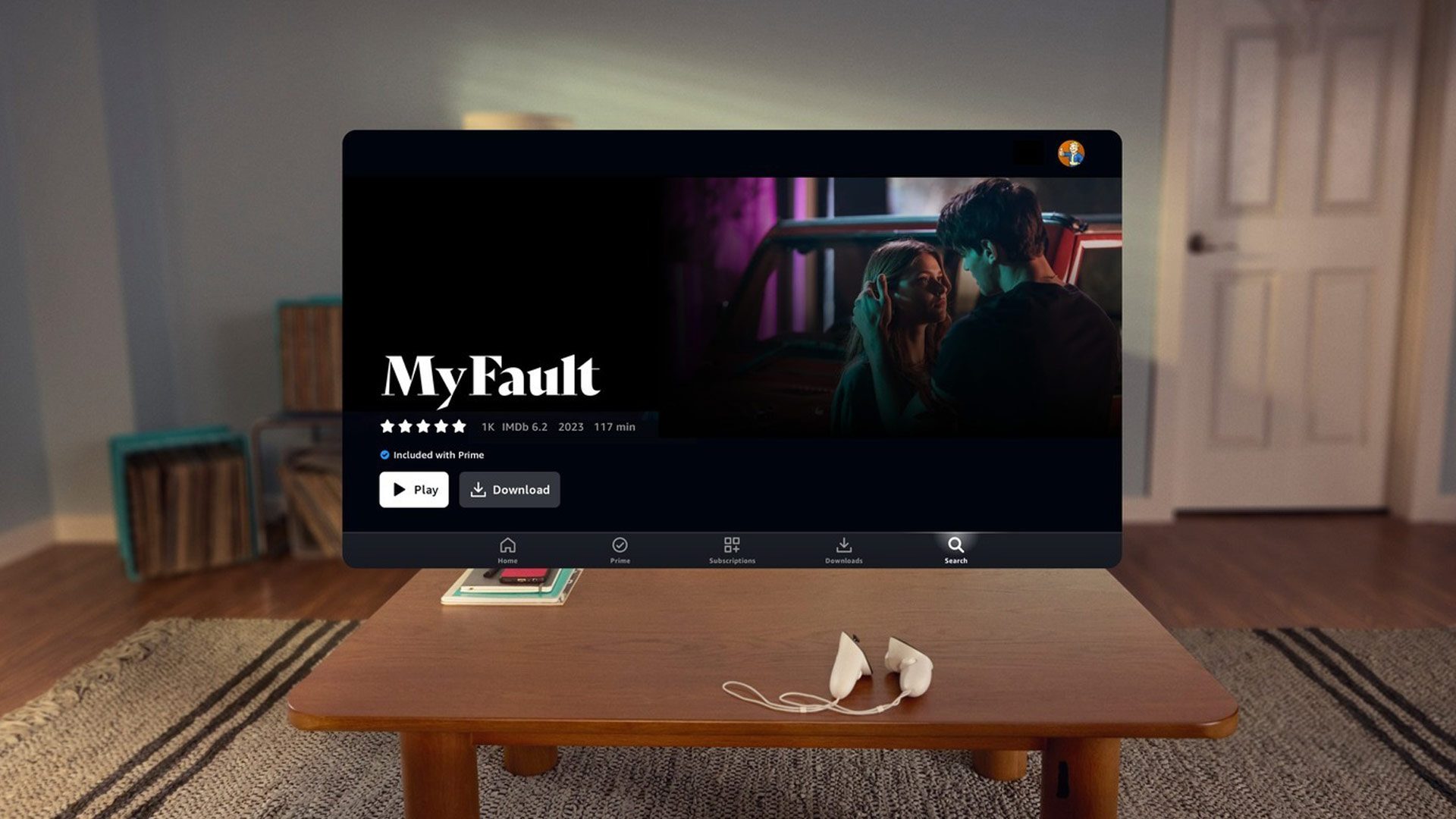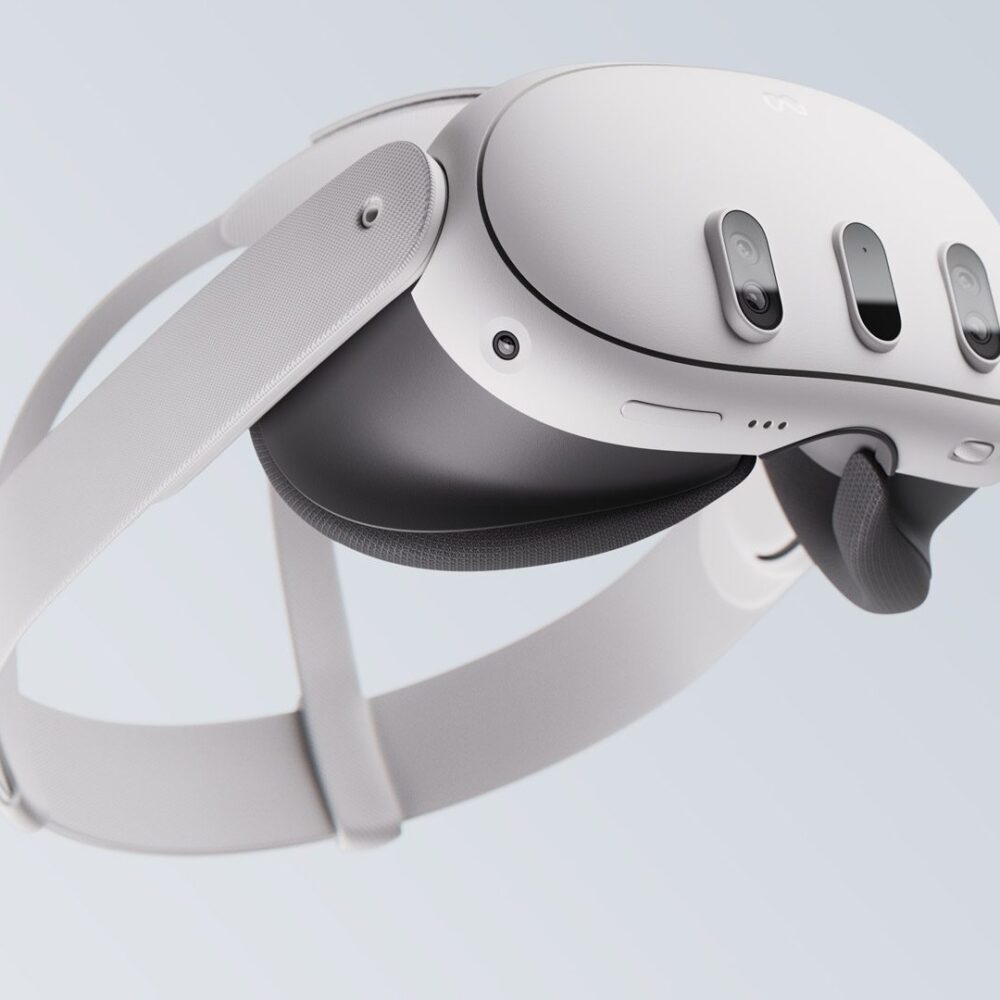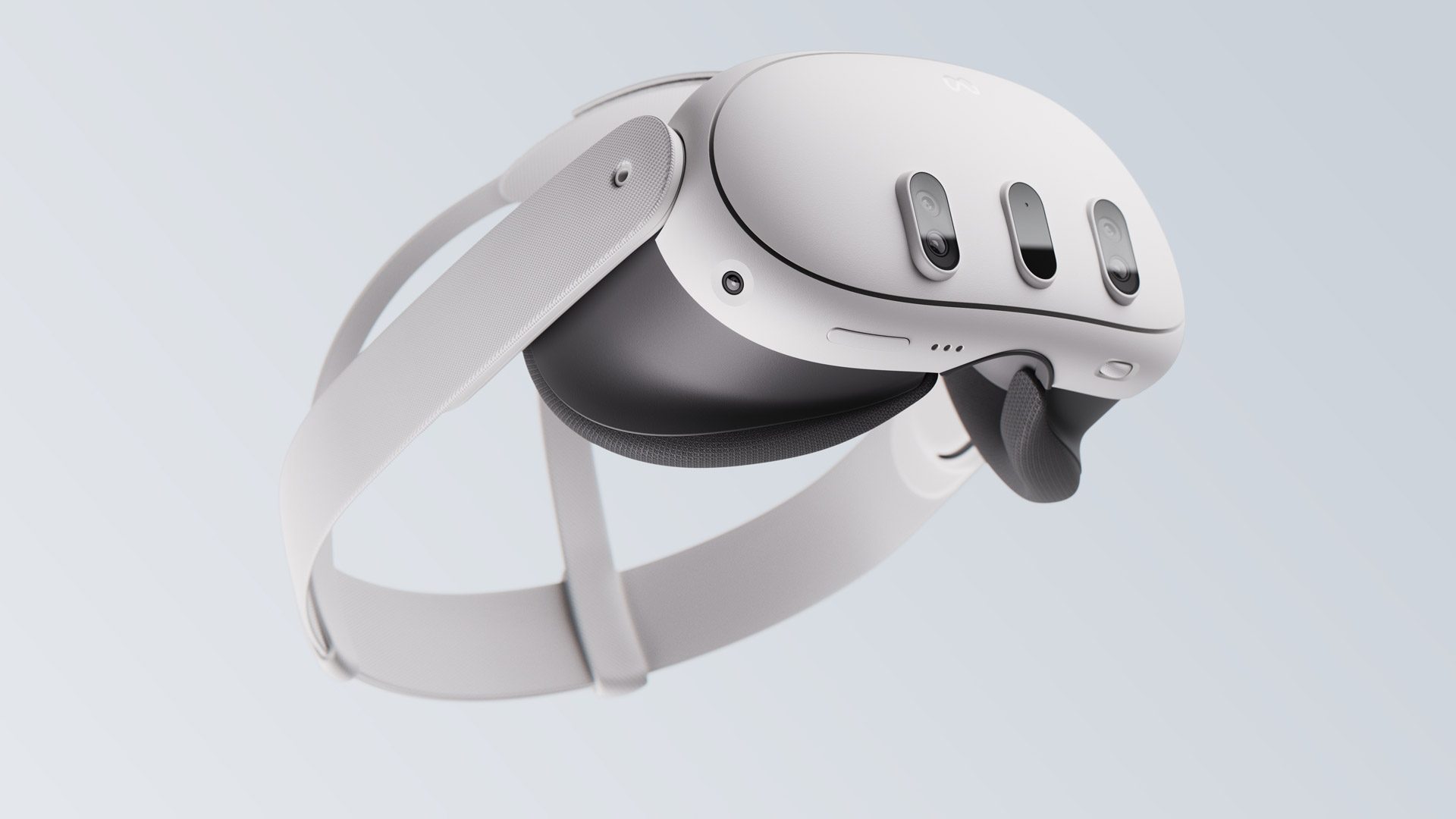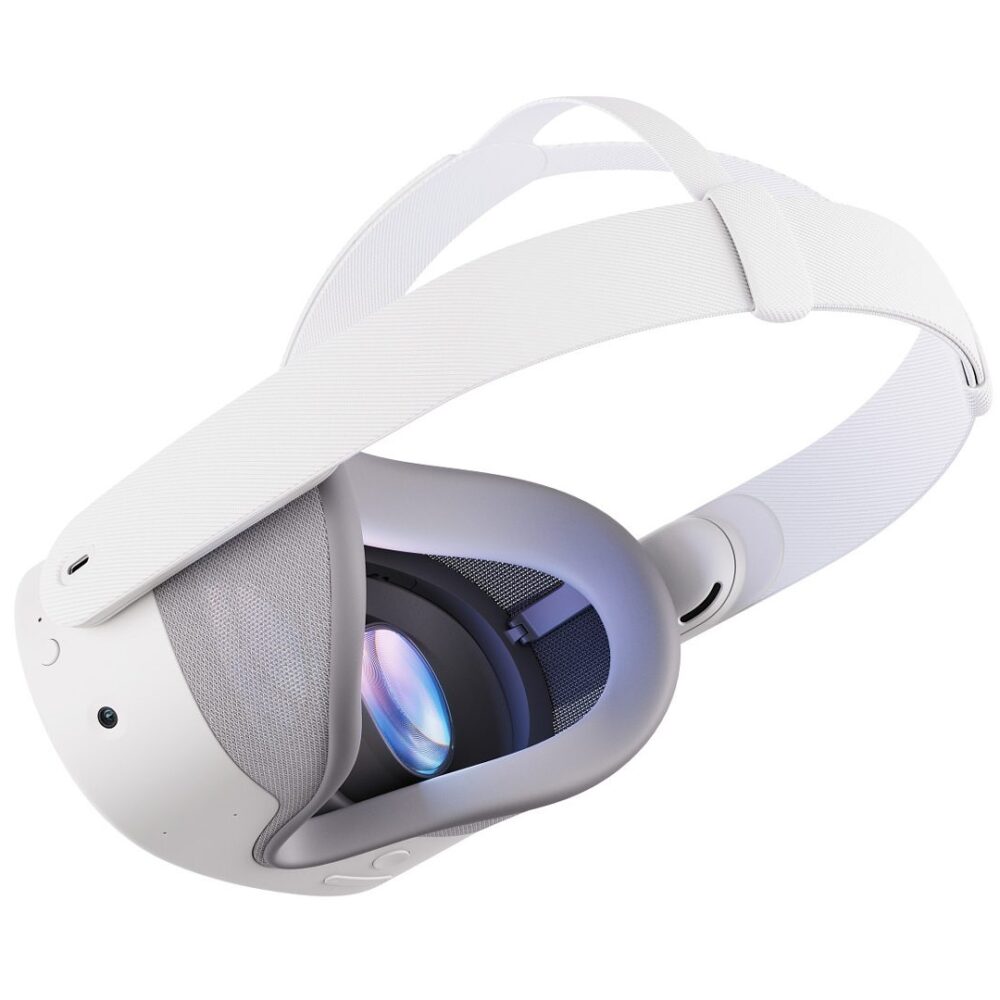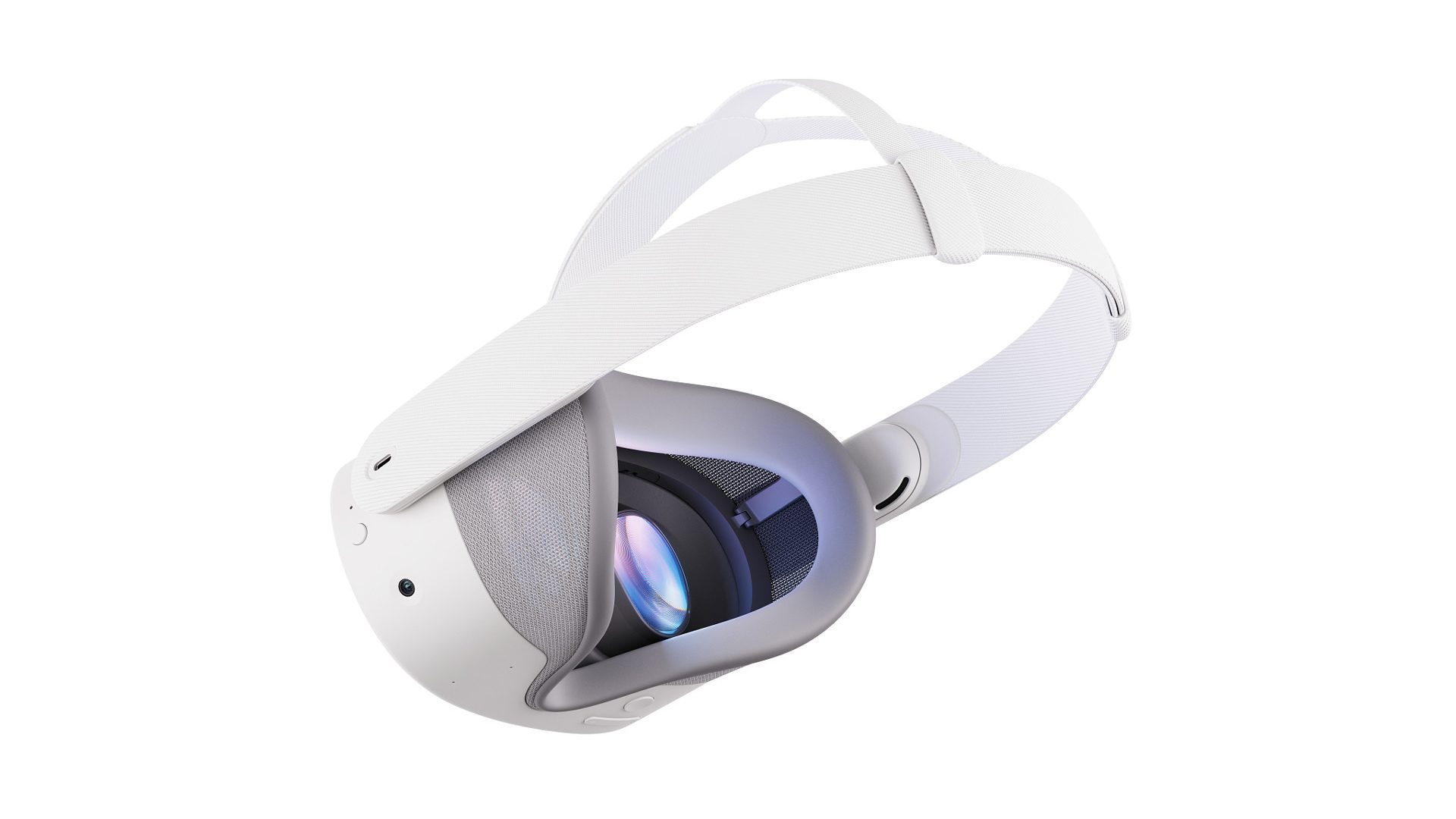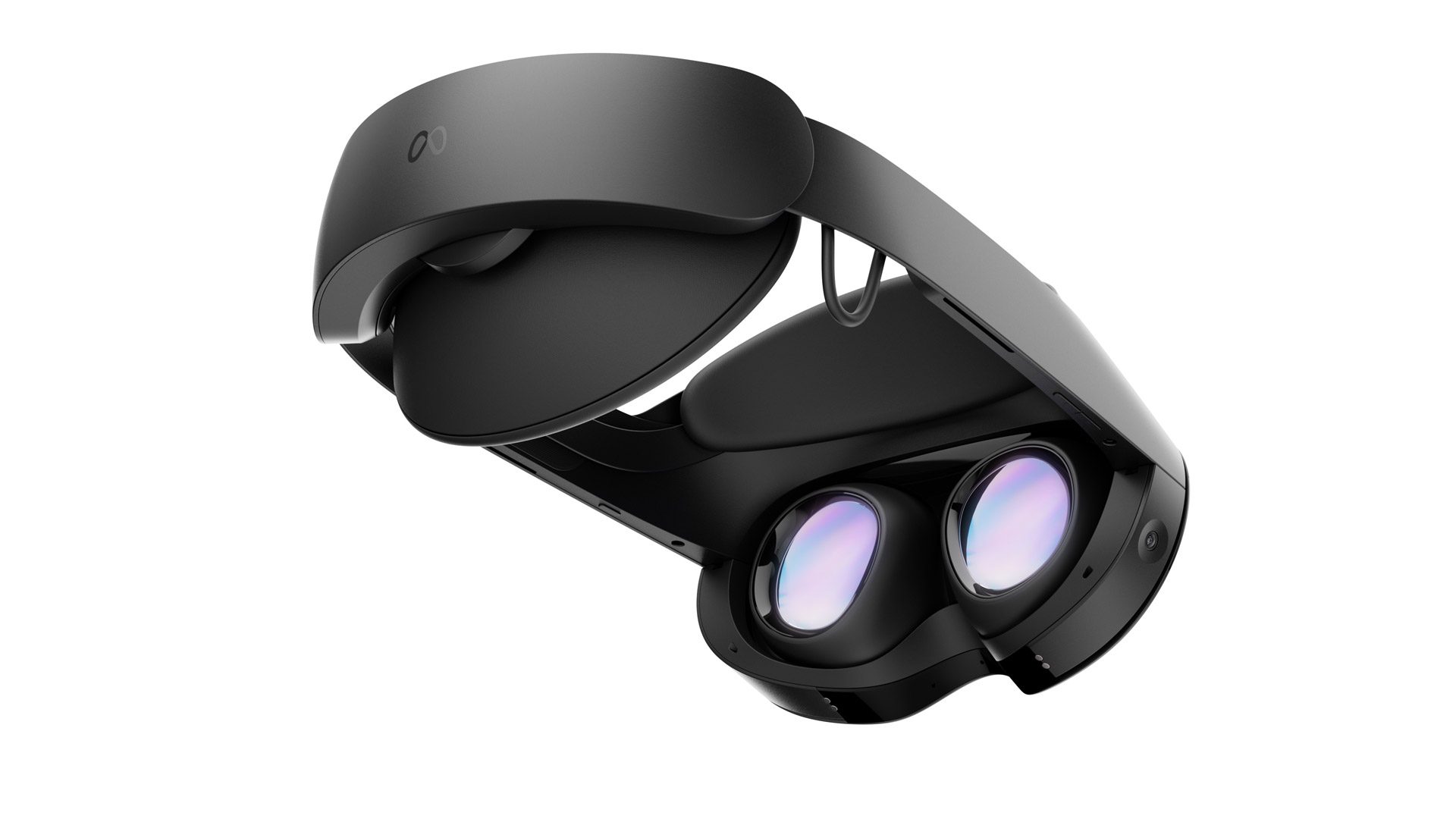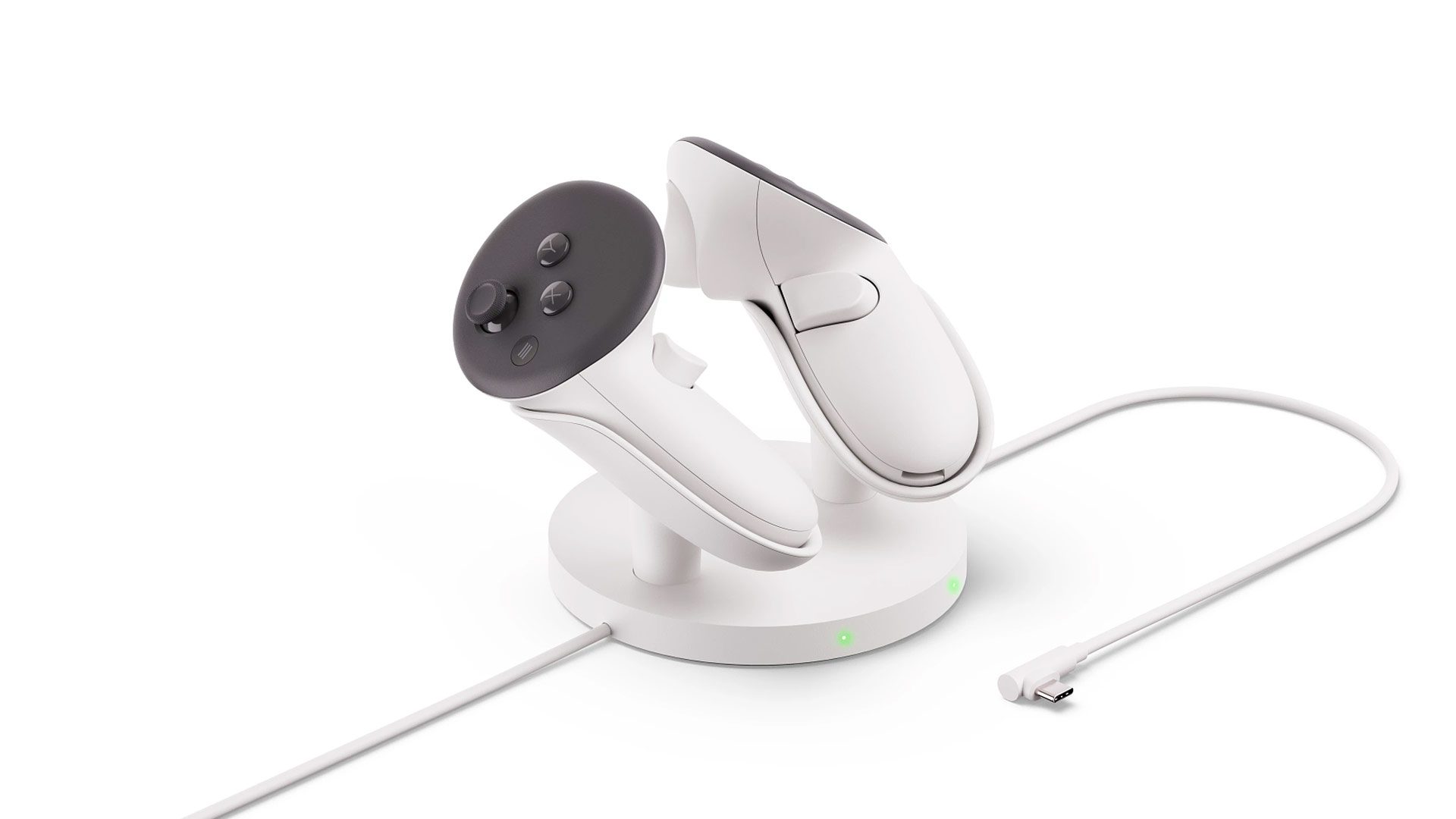HTC announced that its Vive Ultimate Tracker is now compatible with third-party PC VR headsets that support SteamVR.
Originally developed for the Vive Focus 3 and Vive XR Elite, Vive Ultimate Tracker is a puck-like device that comes equipped with two cameras, allowing it to track its position without external devices or base stations, supporting both object and full-body tracking.
Released last November for $200, Vive Ultimate Tracker is now compatible with SteamVR headsets, which includes tethered PC VR headsets such as Valve Index, but also standalone devices capable of connecting to PCs, such as Quest 3 or Pico Pico 4 Ultra.
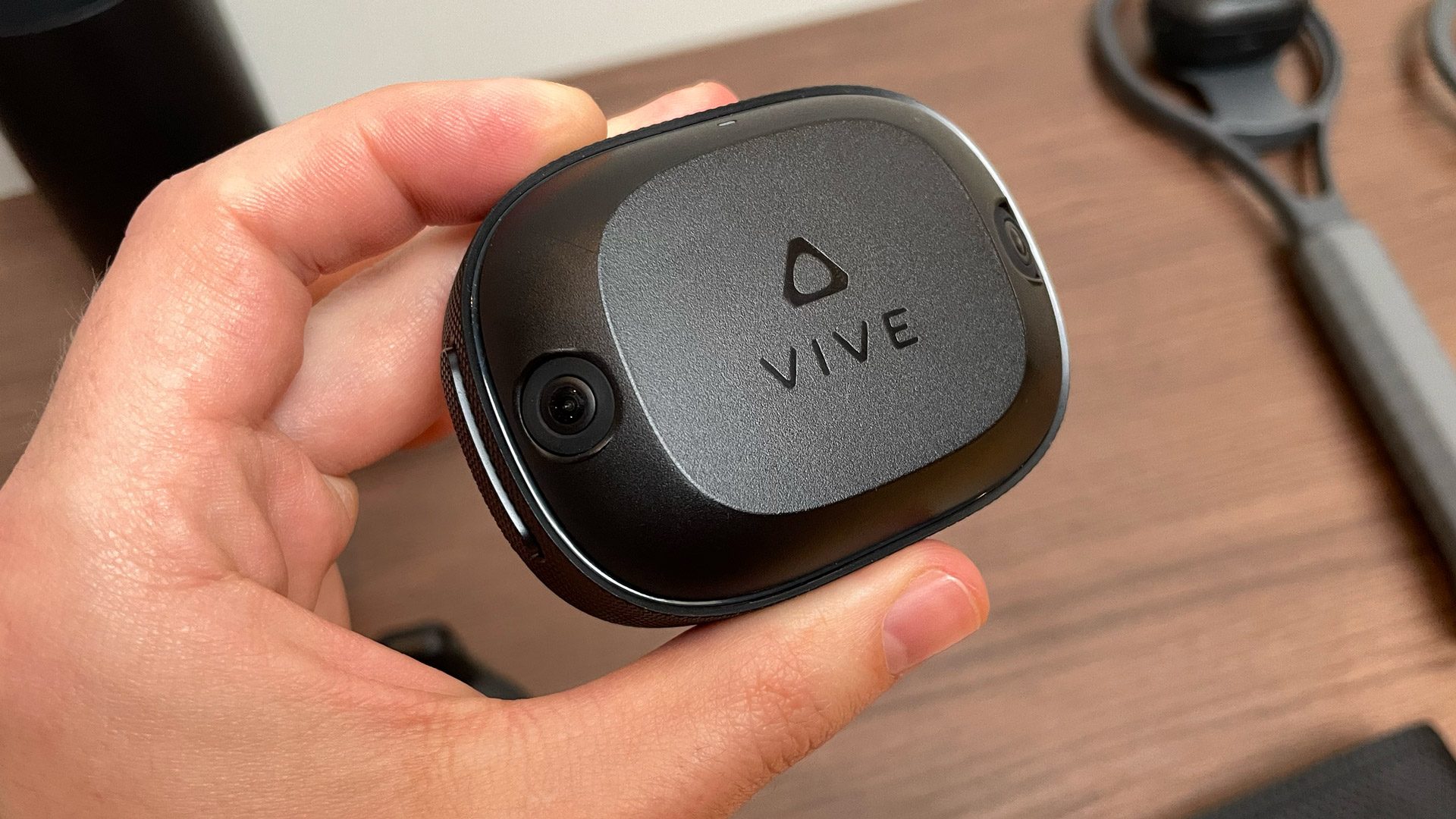
This follows a beta program launched earlier this year to to test compatibility with other SteamVR-supported headsets, including Quest. The company says feedback from the program helped improve the tracker’s precision, connectivity, and overall user experience.
This also means Vive Ultimate Tracker can work independently from a headset as well, so it can be used to track the movement of people or objects, making it useful across multiple fields.
While priced at $200 per device, users looking for basic full-body tracking only require a minimum of three trackers, which can be had in a $600 bundle, which includes the required Vive Wireless Dongle ($39 MSRP). This allows you to track each foot (with supplied straps) and one placed on your hips.
